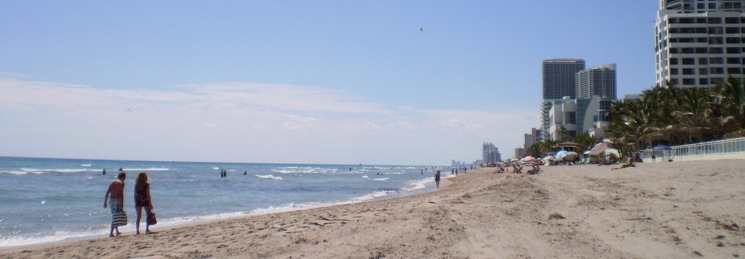
BC's Brian Jungen--2010 Gershon Iskowitz Prize winner and Smithsonian survey subject, not to mention the winner of the inaugural 2002 Sobey Art Award--has had quite a decade. During that time, his art has won fans not just across the country but around the world.
I know he's a very busy guy, so I felt lucky Jungen was able to book some interviews in relation to his recently opened show at the Art Gallery of Alberta. Though this Edmonton show is a small one--two older works from the early 2000s and a reconfiguration of his 2009 work Carapace--it also struck me as the closest-ever museum show to Jungen's home area, the Peace River region in northern BC.
I'll fess up and say that in chatting over the phone with Jungen, I ascribed Fort St John, BC, to be his hometown. He corrected me immediately that Fort St John was his birthplace, and the small towns, rural areas and reserve around it to be his true home. That exchange I trimmed from the resulting Q&A, published today in the National Post. But I definitely stand corrected. Here's an excerpt from the Q&A:
Q You grew up in northern B.C. How much of your inspiration comes from there?
A: I was born in Fort St. John and grew up in the Peace River area. That’s where my family and reserve is. I think more than anything, growing up in isolation made me be creative, because a lot of my activity was based on creating my own internal world. Pretty much all northern communities are connected to the outside world now, but in the ’70s there was one TV station and there wasn’t much coming to town in terms of art or anything. I did a lot of drawing and painting of animals — that was a reflection of the context. But my interests grew outside of that the more I learned about art history [in college].
Q: You’re known for taking manufactured items like plastic chairs and making them look natural. But in a recent Vancouver show, you took animal hides and wrapped them around industrial auto parts. Why the inversion?
A: It’s more like I’m combining [the manufactured and the natural]. I see them as equals. A lot of that Vancouver work was inspired by the landscape where I’m from, by things that you’d see in the north. There’s a lot of people who hunt there, and things like deep freezes and car parts are around outside. But I also wanted to make work that was kind of abstract. I wanted to make something that, when you first looked at it, would be like something you’d see at the Museum of Modern Art. They had very organic shapes, but once you looked at them closely you’d realize what the materials were. I like doing that. I like where people have this kind of “switch” in their heads, like when they see an artwork they look at the form first and then they see what it’s made out of. It kind of flips what happens.
Q: Your art was featured in NeoHooDoo, an exhibition on spirituality in contemporary art. Where do you locate spirituality in your art?
A: My work’s been pretty secular. My belief system is very private and I don’t want to make work that’s preachy. But it’s also really hard to make work of a spiritual nature in contemporary art. Like, I like the idea my work can move people, but I want the work to be as open as possible. That said, I do think there’s a need for something really meaningful in contemporary art because there’s been this overwhelming sense of irony in it for the last 10 years and it can be a bit depressing. I participate in a lot of my family’s and First Nations’ traditional things, but I would never show that in the context of the contemporary art world. How could you talk about that in a way that didn’t seem totally ironic or totally critical of religion or totally preachy? There’s no middle ground available, so I tend to keep my spiritual beliefs to myself. I like just to make work, and if it moves people to see the world in a different way, then I’m happy.
You can read the rest here.
If you're interested in finding out more, check Amy Fung's interview with Jungen, also related to the AGA show, and keep an eye out for his Gershon Iskowitz show at the AGO, which I've heard might be taking place in April or May.
(Image of Brian Jungen's Carapace at the Art Gallery of Alberta, via the National Post photo credit: MN Hutchinson Courtesy the artist and Casey Kaplan New York)
Thursday, February 3, 2011
Brian Jungen Q&A: Where is the soul of art?
Subscribe to:
Post Comments (Atom)

2 comments:
Very amusing works. And strong on forms.
Very strong forms. And often made out of very unexpected materials.
Post a Comment